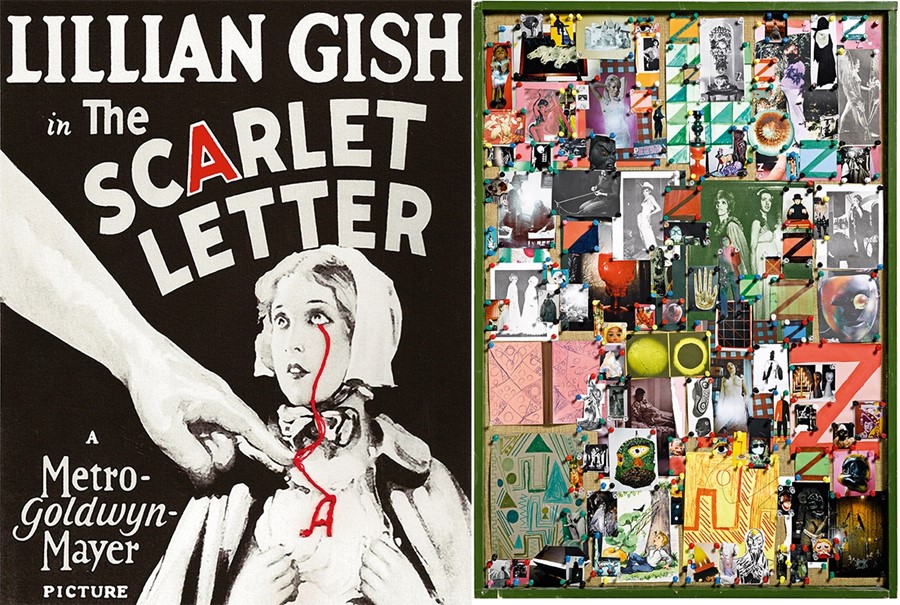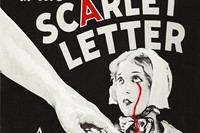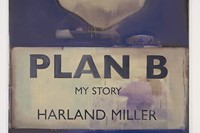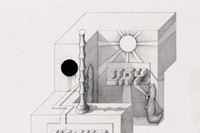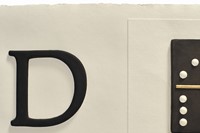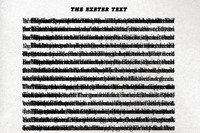For AnOther Magazine S/S11, Francesca Gavin curated an artistic round up of the 26 letters of the alphabet, from Harland Miller's B and John Baldassari's D to Fiona Banner's I and Lawrence Weiner's U
For a decade AnOther Magazine has been a catalyst for original art projects that crossed multiple disciplines and defied received notions of what a magazine could be. Early copies opened with 10 pages filled with nothing but original art – be it Jake and Dinos Chapman’s twisted vision of the Holy Land Experience, a hypnotic sea of dots penned by Yayoi Kusama, or Damien Hirst’s bloody skulls and severed heads shot by David Bailey (deemed so shocking its pages were sealed with glue). In 2007 Dress Art paired 15 artists including Jeff Koons, Annie Morris and John Isaacs with 15 designers from Stella McCartney to Dolce & Gabbana, and challenged them to create 15 unique dresses. Published in 2010, the AnOther Art Book looked back on all the ambitious artistic projects commissioned for the magazine’s pages since 2001, like S/S11’s exclusive A-Z Project.
A is for Apple Pie. It is a simple phrase that has been engrained into the English language for 500 years. Since the 16th century, the alphabet has been taught through illustrative rhyme. The 16th century also saw the establishment of the English alphabet as we know it, with the letters U, V, J and I affirming their independent status. At this time language was taught through hornbooks – wooden paddles covered in parchment that had the alphabet printed on it, layer with thick cow horn to protect it from wear and tear. It wasn’t until the 19th century that the alphabet was printed with accompanying images – notably by Edward Lear in 1871 and Kate Greenaway in 1885. Dr Seuss added his surreal touch in 1963, surpassed by Mike Wilks’ awesome eye spy book The Ultimate Alphabet in 1986.
The formation of language is innately linked to image. Each letter in the alphabet is filled with semiotic content, its own layers of ideas and signs. Honouring this relationship between the letter and its meaning seemed an ideal way to showcase some of the artists who have worked with AnOther Magazine in its first decade. Many of the artists who have interpreted the 26 letters of the English alphabet here are known for their exploration of text, word and language. All have created unique works for this project, transforming the simplest building blocks into an ocean of visual associations.
Curated and introduced by Francesca Gavin
For the full article, and for all 25 issues in the AnOther Magazinearchive, visit Exact Editions.
